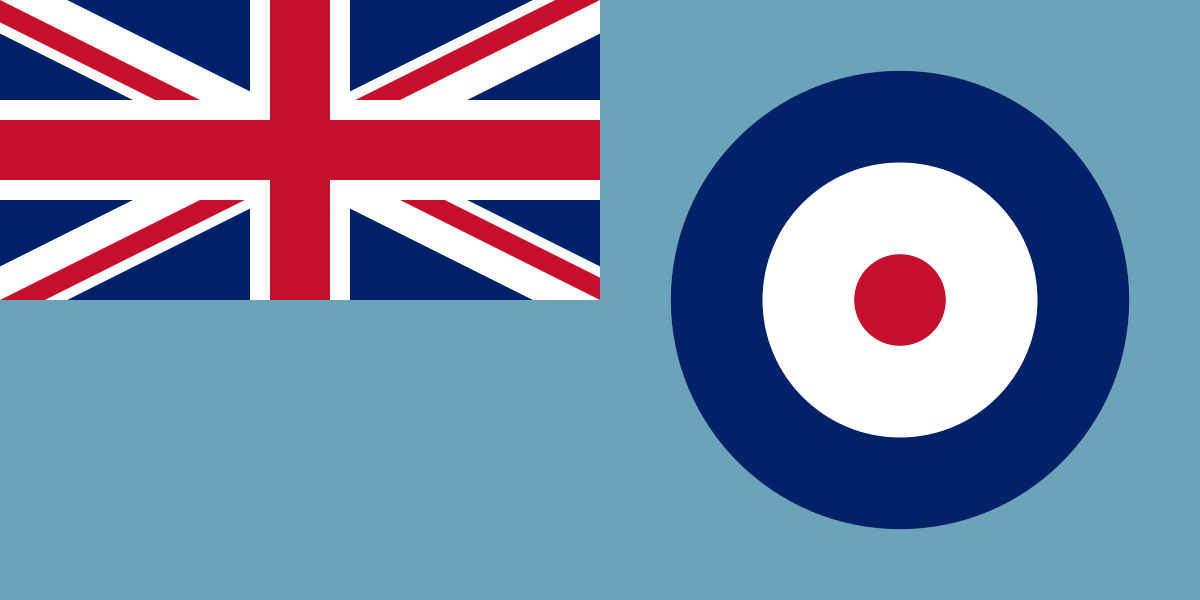The ORB (Form 541) for 5-March-1945 for W/C R. Bannock, Mosquito MM.747, records: "Scrambed to escort returning bombers. No hostile contacts. Fabric on main plane torn by icing. Broken 10/10's cloud. [Note the bombers were returning from raids to Chemnitz and Bohlen. Dad was on the Chemnitz op].
Pardon my complete ignorance! What part of the wings of Mosquitoes was made up of fabric? Or is fabric a generic term for the "skin" on the wings. I had thought that the wings of the mosquito were made up of a spruce plywood composite material. What am I missing here?
This is an interesting entry for two reasons. First it corroborates the statements in dad's ORB entry that the icing conditions were severe over the French coast. Second, this is the first time I have seen a record of mosquitoes used in an escort role from the channel to bases in England. Two days earlier, the Nachtjagd followed the bombers home from a raid Ladbergen and Kamen. 22 Bombers were destroyed and eight aircraft were damaged over eastern England and the North Sea in the "Operation Gisela" air battle. 21 Ju.88's were lost and 11 damaged. 46 German aircrew were killed.
Jim
Pardon my complete ignorance! What part of the wings of Mosquitoes was made up of fabric? Or is fabric a generic term for the "skin" on the wings. I had thought that the wings of the mosquito were made up of a spruce plywood composite material. What am I missing here?
This is an interesting entry for two reasons. First it corroborates the statements in dad's ORB entry that the icing conditions were severe over the French coast. Second, this is the first time I have seen a record of mosquitoes used in an escort role from the channel to bases in England. Two days earlier, the Nachtjagd followed the bombers home from a raid Ladbergen and Kamen. 22 Bombers were destroyed and eight aircraft were damaged over eastern England and the North Sea in the "Operation Gisela" air battle. 21 Ju.88's were lost and 11 damaged. 46 German aircrew were killed.
Jim

